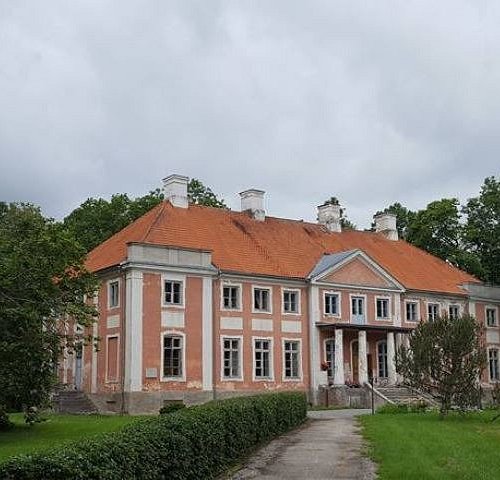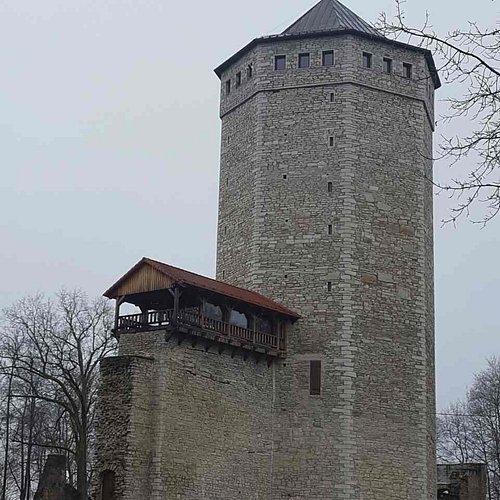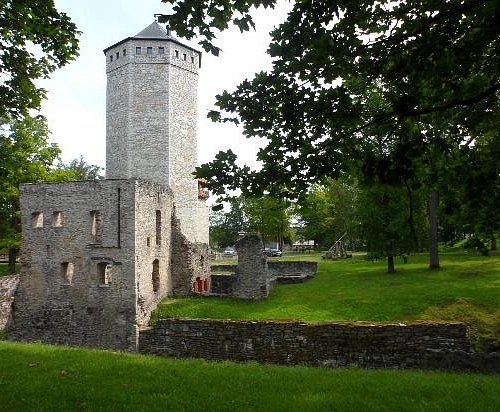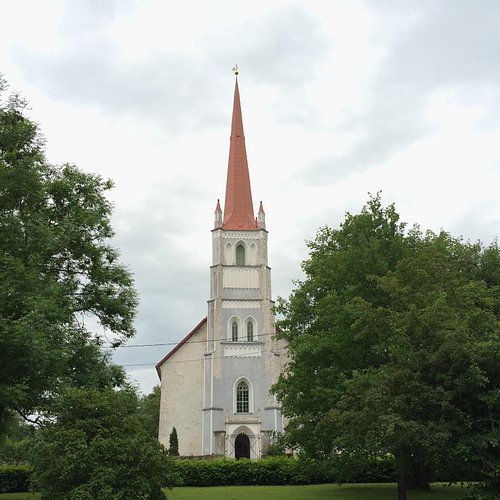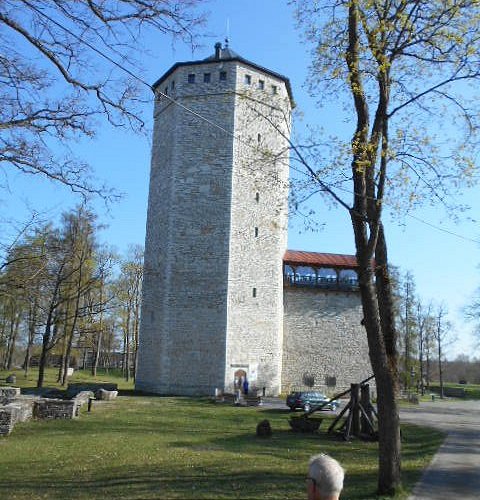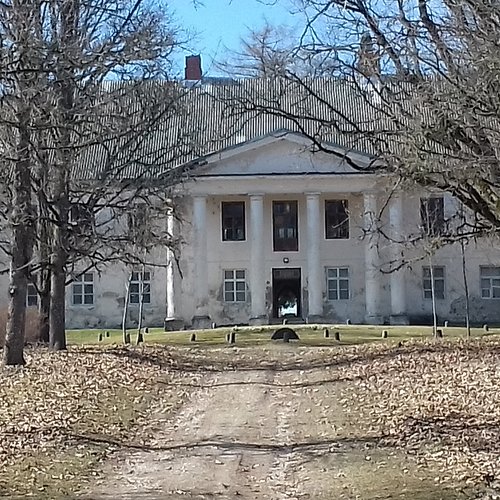Things to do in Jarva County, Jarva County: The Best Sights & Landmarks
Discover the best top things to do in Jarva County, Estonia including Simisalu Observation Tower, Albu Manor, St. Mathew Church, Sargvere Manor, Seidla Windmill, Paide Castle, Ajakeskus Wittenstein, Turi Puha Martini Kirik, Limestone Sculptures, Kirna Manor.
Restaurants in Jarva County
1. Simisalu Observation Tower
Overall Ratings
5.0 based on 1 reviews
The observation tower is located on Simisalu bog island in Vetepere village in Albu municipality in Jarva County. The height of the tower is 18 metres.
2. Albu Manor
Overall Ratings
5.0 based on 1 reviews
One of the oldest order manors in Jarva County and Estonia was first mentioned in 1282. The main building, barn, arched bridge, granary, distillery and park of the manor complex have survived until today. The décor of the manor is simple and laconic. The baroque stove with white and blue tiles and the classicist stoves with white tiles have been preserved.You can visit Albu Manor from Wednesdays to Sundays in the summer season.Interesting facts:- the manor building has caught fire twice;- a large baroque-style monumental painting was found on the walls during restoration;- the manor house has been used by a school since 1921.
3. St. Mathew Church
Overall Ratings
5.0 based on 1 reviews
The smallest church in Jarva-Madise neighbourhood was completed in 14th century. The wall paintings, altar and pulpit of Jarva-Madise church are coming from middle ages, the tradition to burry inside the church is reminded by grave plate hewed in the floor. You can visit Jarva-Madise church in summer months from Friday to Sunday and by ordering a guide from parsonage you will get to know more about the church.Interesting to know: Church was built by Swedes. High tower of the church was added to the building in 1858. The church, the tavern and the municipal hall formed the "golden" rectangular of Jarva-Madise.- The church and what happened in it are described in the book "Truth and Justice" by A.H. Tammsaare.
4. Sargvere Manor
Overall Ratings
4.5 based on 3 reviews
The grand early classicist mansion of Sargvere Manor that also has some baroque features was completed in 1765.The manor building was used by the Sargvere Basic School from 1920 to 2002. The manor has been in the use of the Sargvere Society for Promotion of Rural Culture since 2003. Four history rooms have been set up at the initiative of the Society that introduce the history of Sargvere Manor, the school and surrounding villages.You can only visit the manor by appointment.
5. Seidla Windmill
Overall Ratings
4.5 based on 3 reviews
The windmill of Seidla Manor was built in the 18th century and it is one of the few Dutch type windmills in the cultural history of Estonia that has been preserved with all fittings and in its original function. The windmill is rare because it is the only windmill that has all its original fittings and its original appearance in continental Estonia. Seidla Windmill also represents the typology of manor windmills as it is located a little distance from the centre of the manor on a visible hill. The number of such preserved windmills in manor ensembles all over Estonia is less than 5.
6. Paide Castle
7. Ajakeskus Wittenstein
Overall Ratings
4.0 based on 28 reviews
Building of the Paide Order Castle started in 1265. Local white limestone was used to build the castle. The first building on Vallimagi Hill was the octagonal Tall Hermann Tower, which was destroyed by the retreating Red Army in 1941. The tower was restored for the 650th anniversary of the St George's Night Uprising in 1993.Interesting facts:The stronghold established in Paide was the second castle built by the order in the territory of Estonia after Viljandi.Paide Vallitorn became the symbol of Paide Town and Jarva County and is depicted on their coats of arms.There is a memorial on Paide Vallimagi Hill to the four Estonian elders executed during the uprising.
Reviewed By Darklov123
Didn't expect to find a museum in the tower. The tower park is beautiful and the exhibition in the tower is very interesting. Would definetly like to visit again. Got a good laugh there.
8. Turi Puha Martini Kirik
Overall Ratings
4.0 based on 5 reviews
The three-naved medieval church of Turi was built in the 13th century. The interior of the church is embellished with a pulpit dating back to 1630 and an altar by Christian Ackermann, constructed in 1693.You are welcome to visit the church in summer Wednesdays to Sundays.Interesting to know:•The tip of the steeple of the church in Turi is crowned with a cock on a golden ball who watches over the town • The choir of the church has unique graven masks in its corners.•The windows of the church are embellished with stained glass by Dolores Hoffmann•Inside the church there are the paintings "Golgatha" and "The Last Supper" by August Georg Pezoldi
9. Limestone Sculptures
Overall Ratings
4.0 based on 3 reviews
The first Paide Limestone Days were held in 1996 and they developed into a tradition. Artists are given natural limestone to work with and create a piece of art. The sculptures are set up in Paide Town.Interesting facts:The best known sculptures are Limestone Symphony on the corner of Kitsas and Vaike-Aia Streets, which marks the birthplace of famous composer Arvo Part and the Hitchhiker on Tallinn Road that greets visitors of the town.You can get a map from Paide Tourist Information Centre that helps you find these sculptures.

